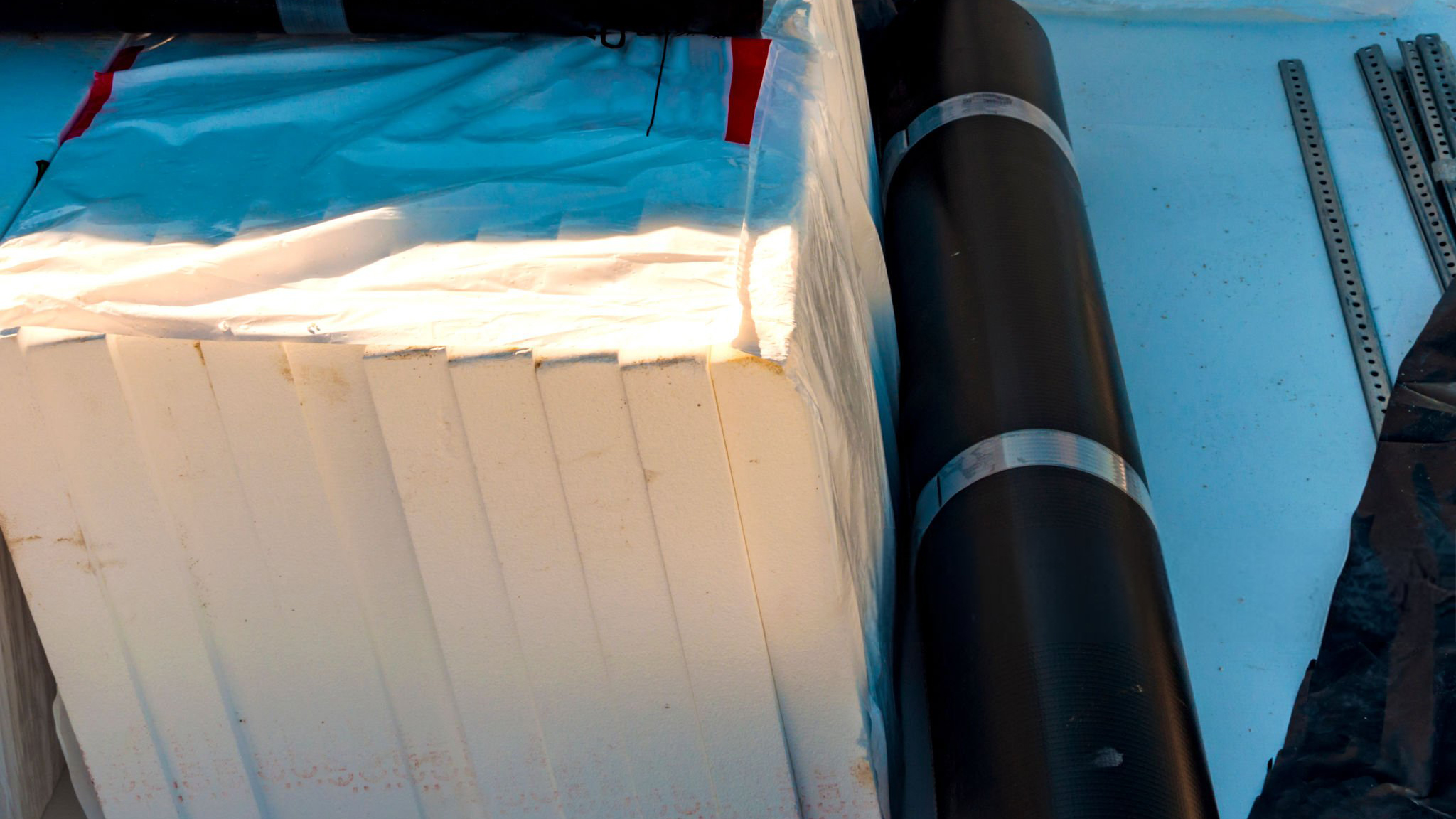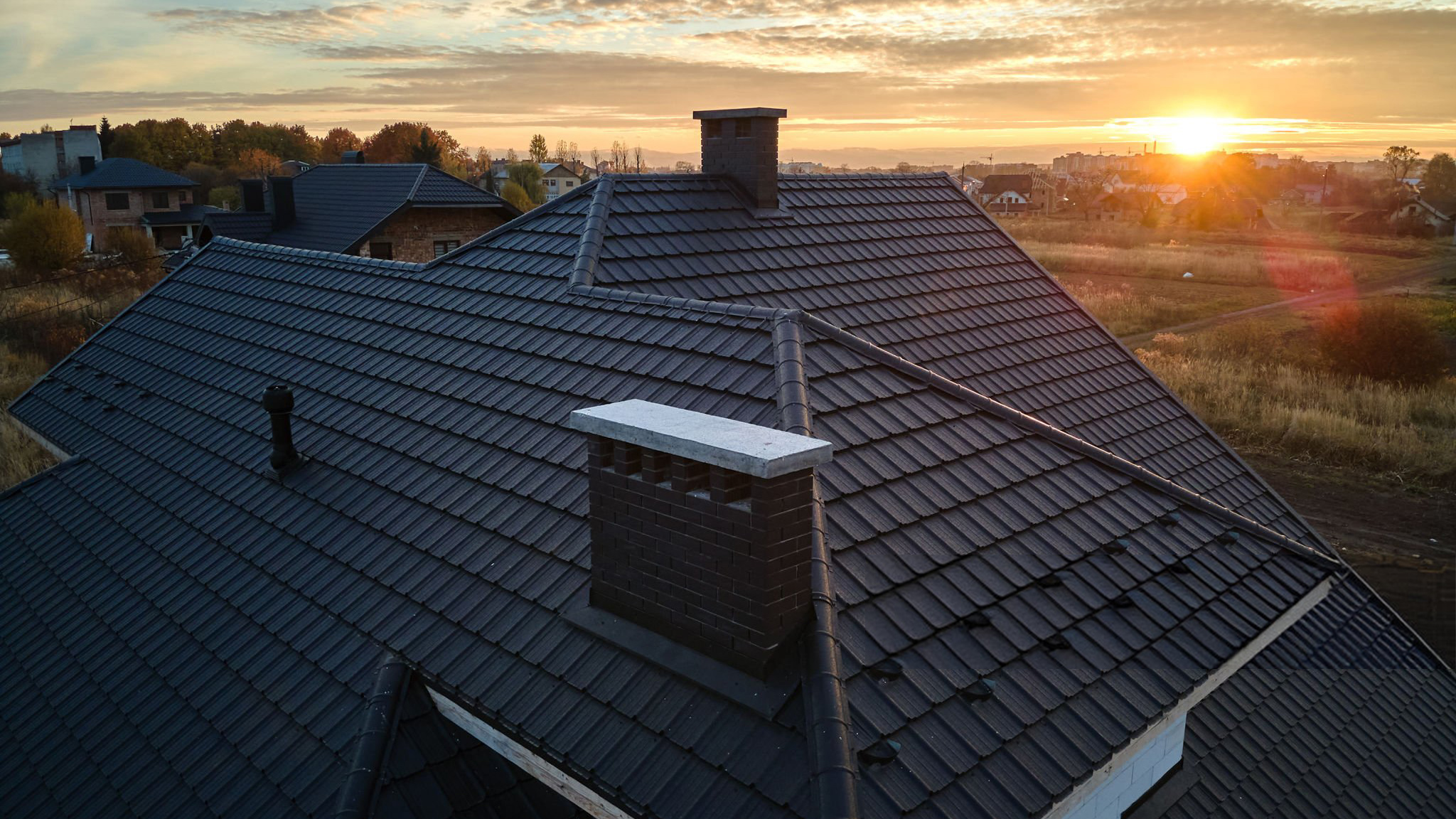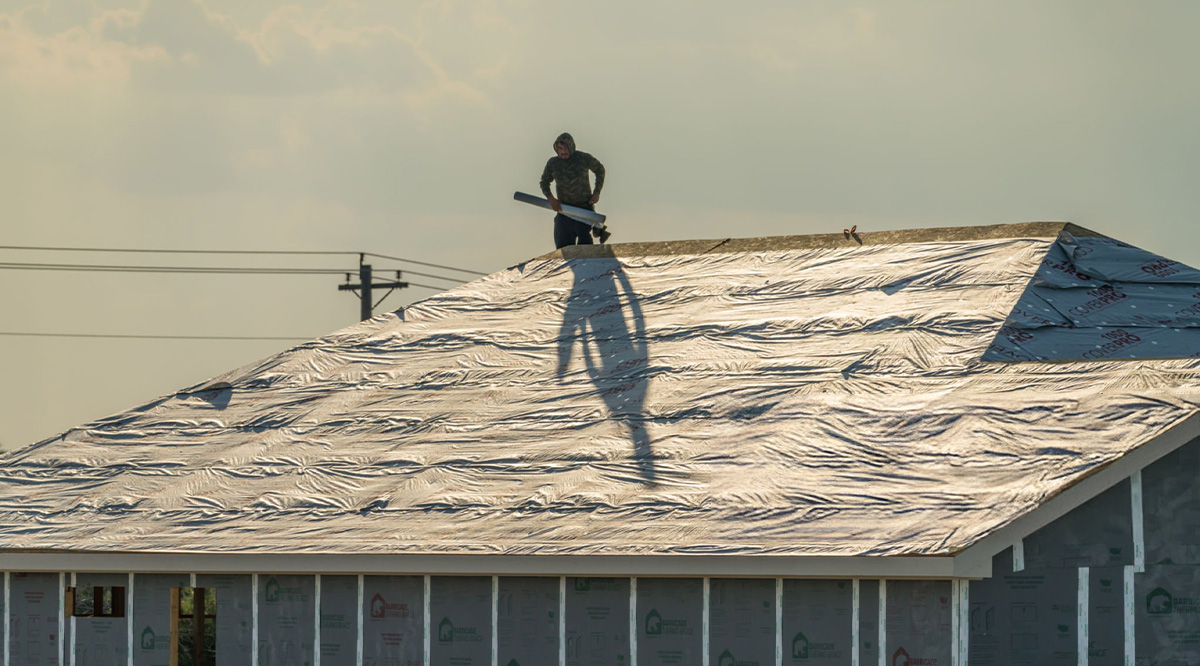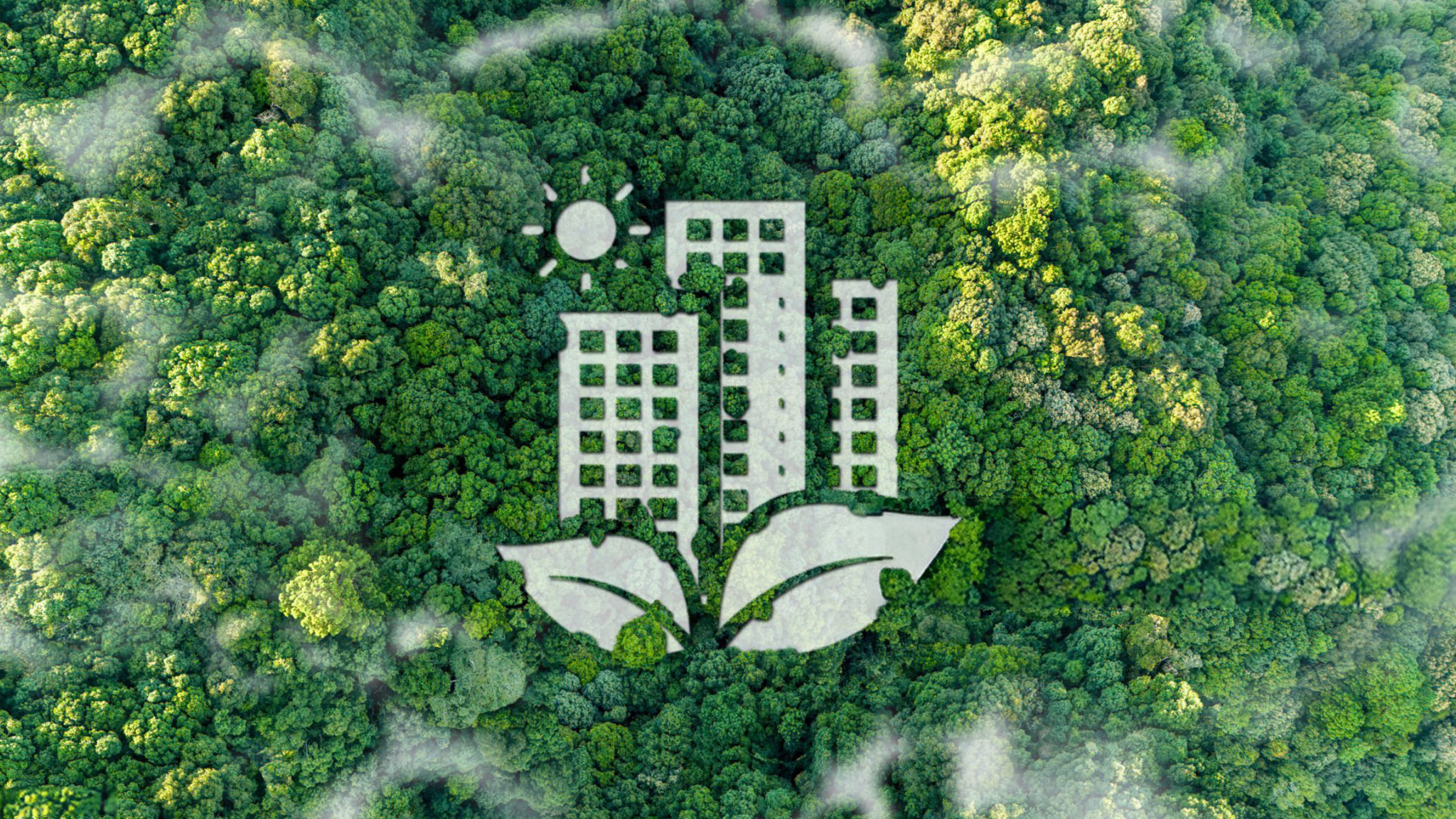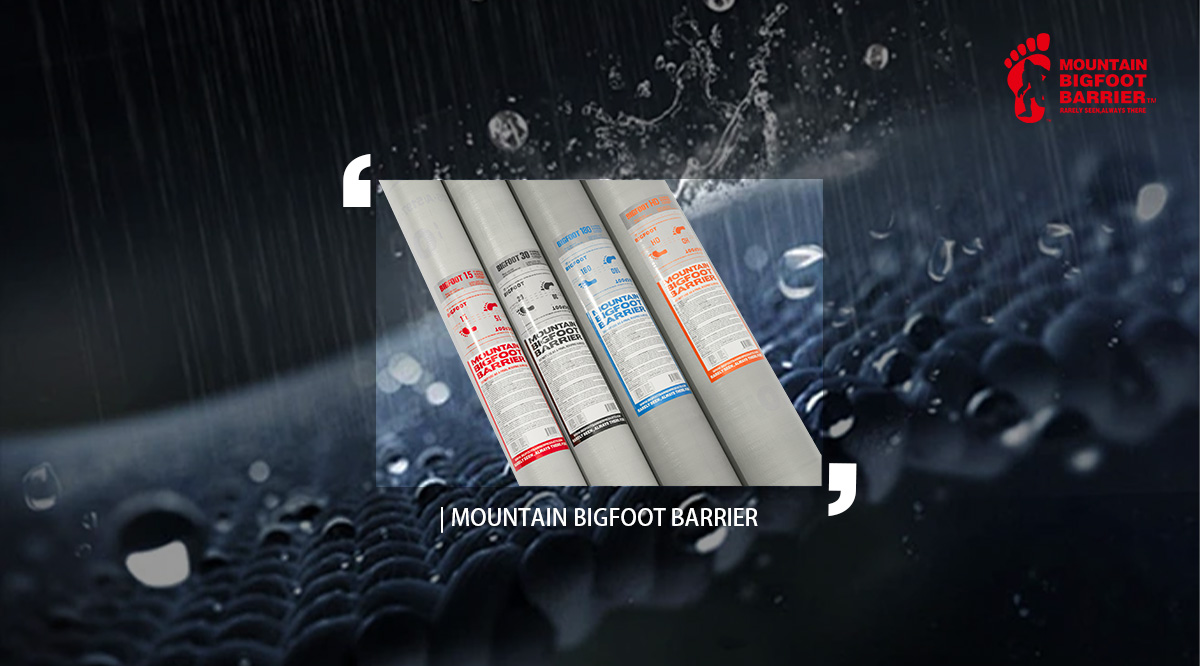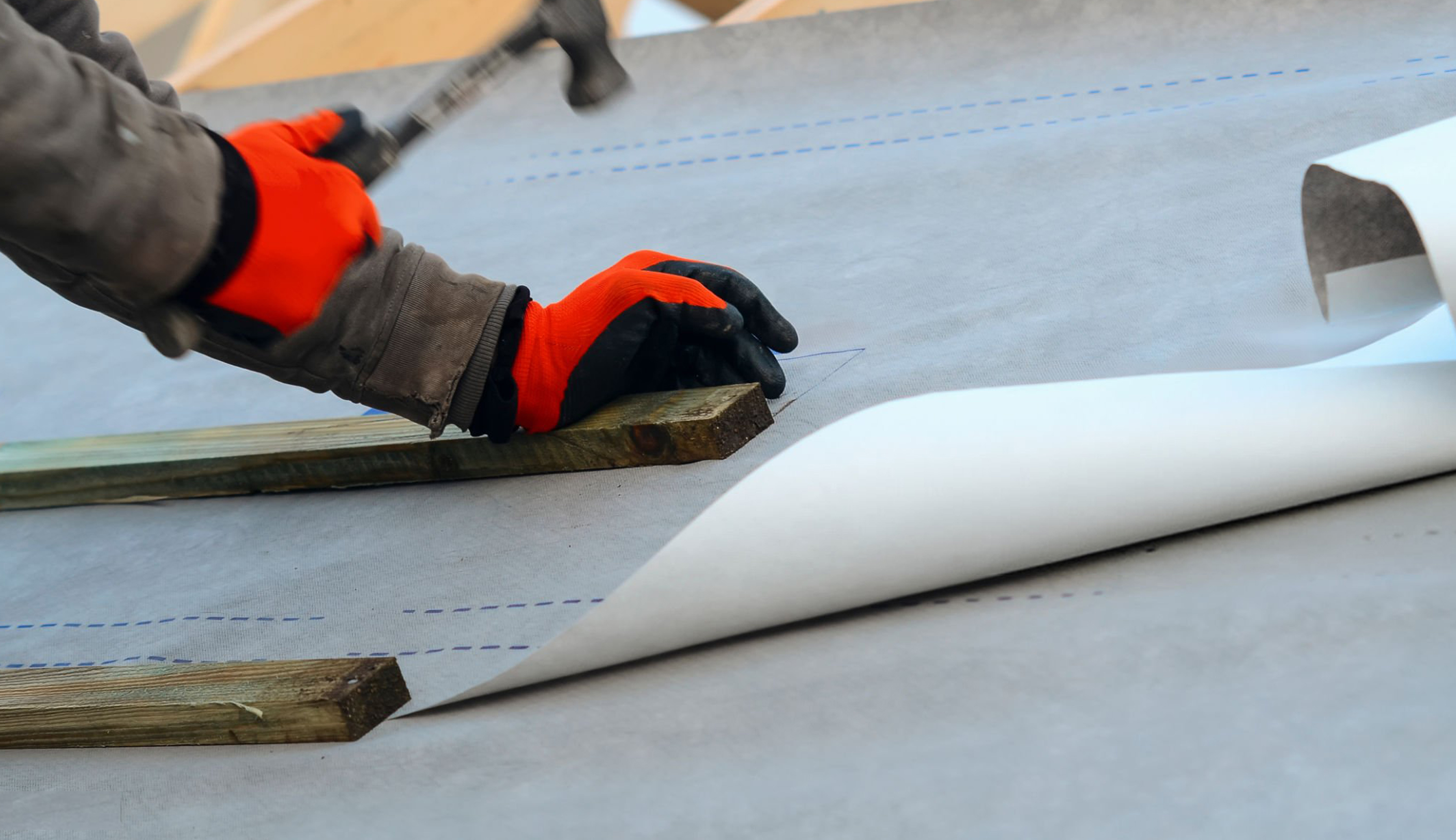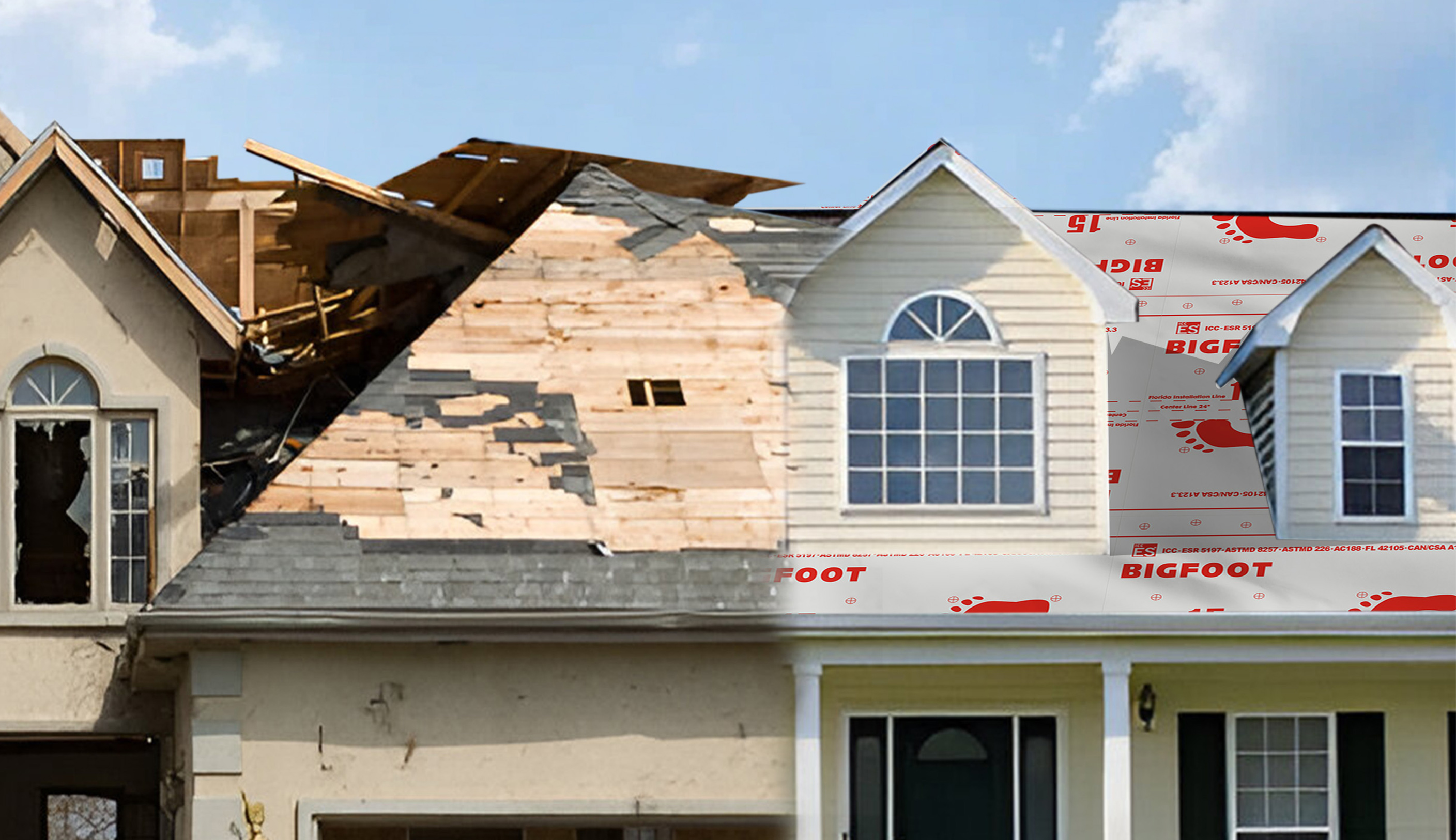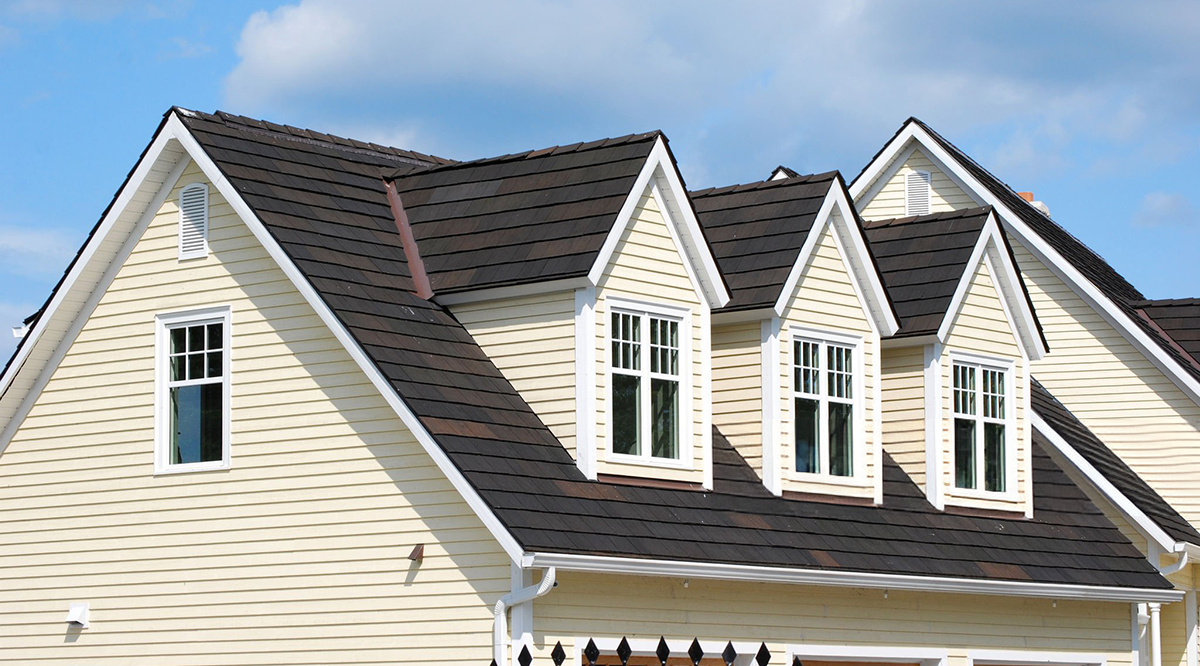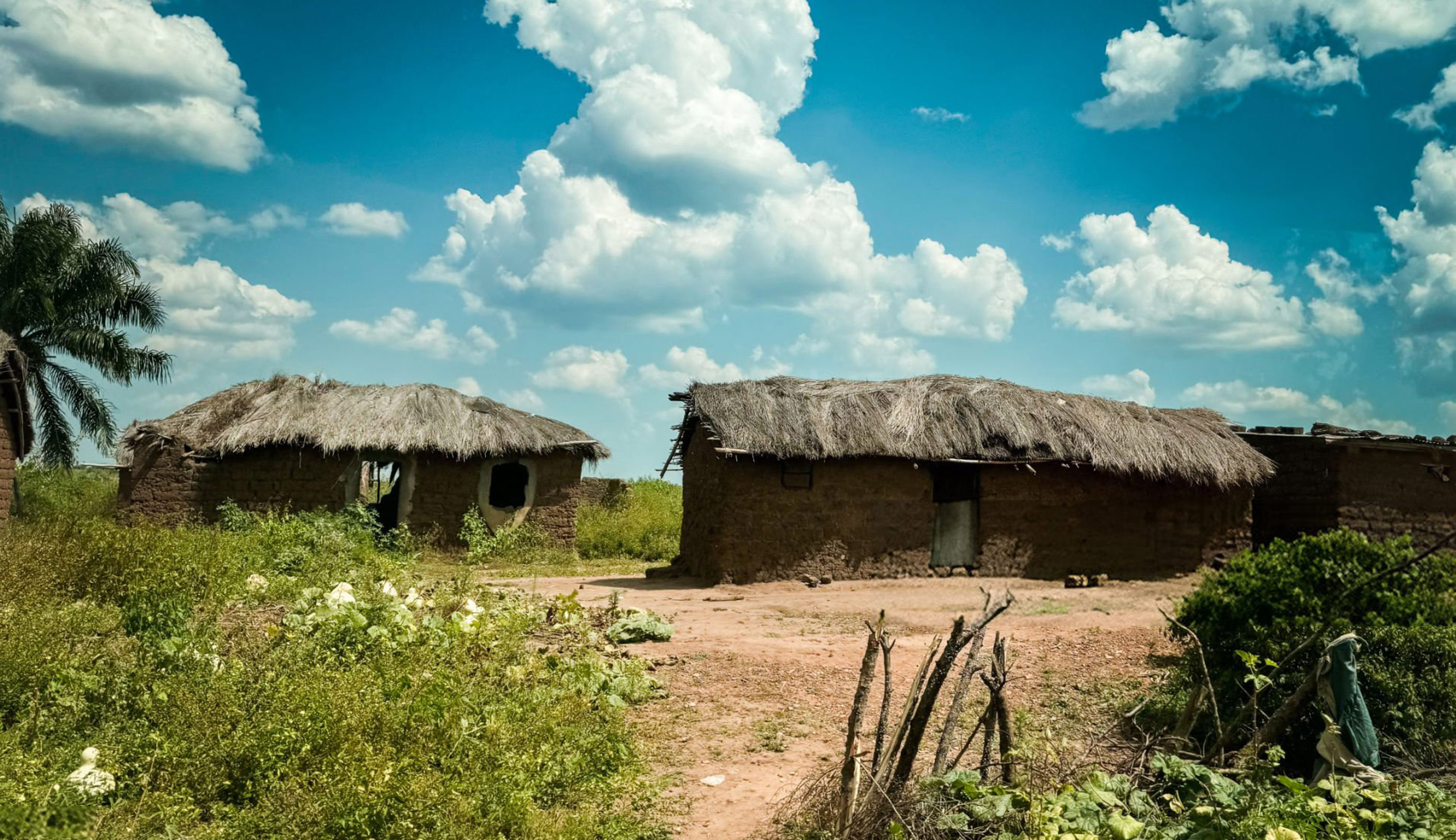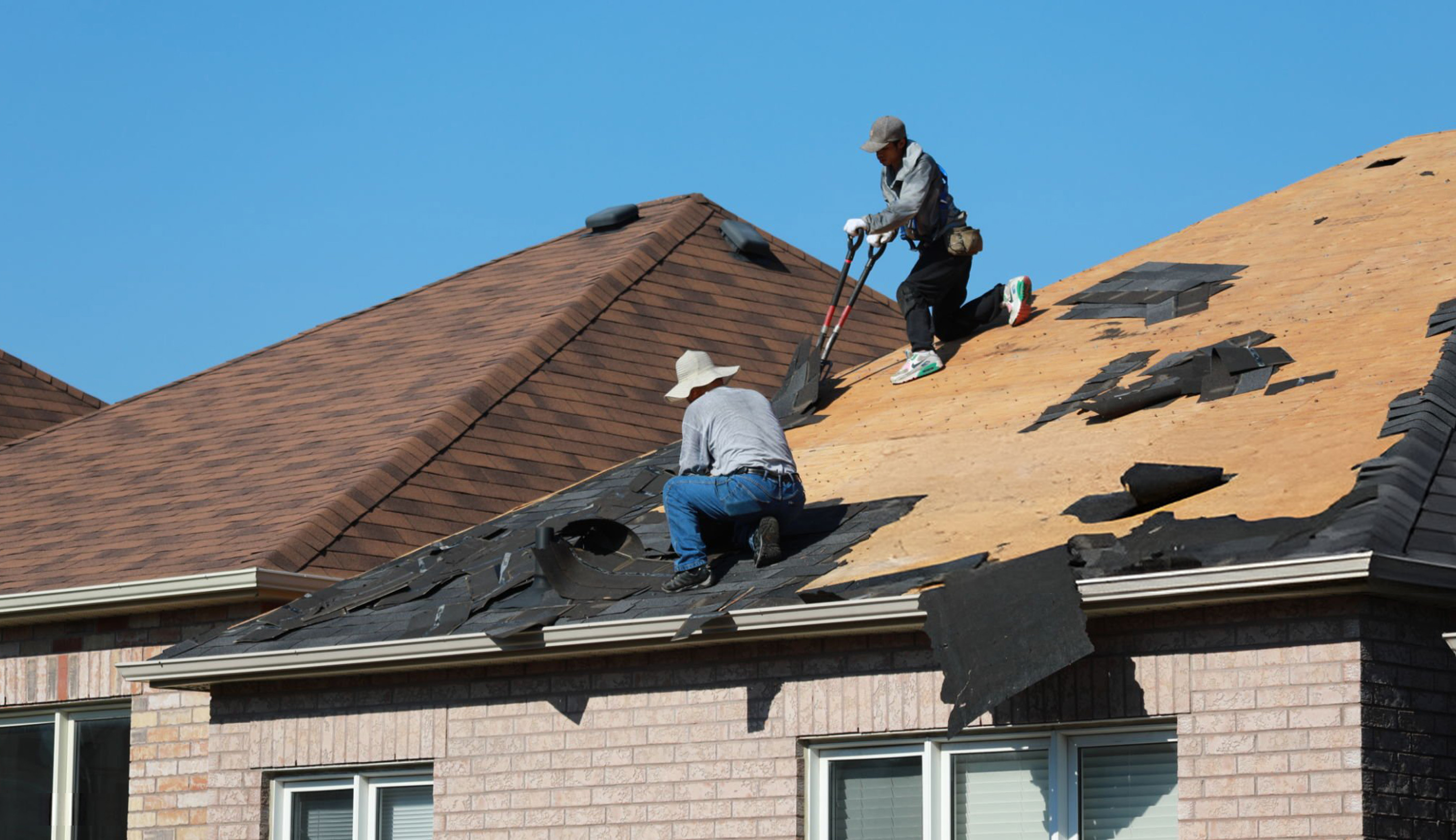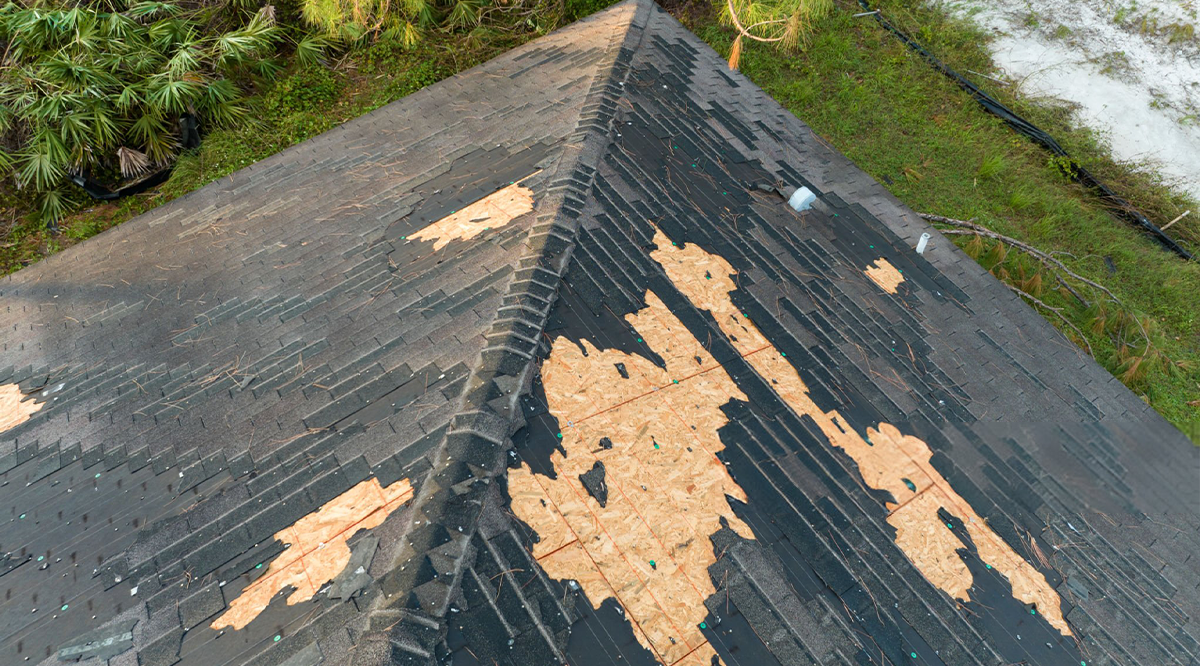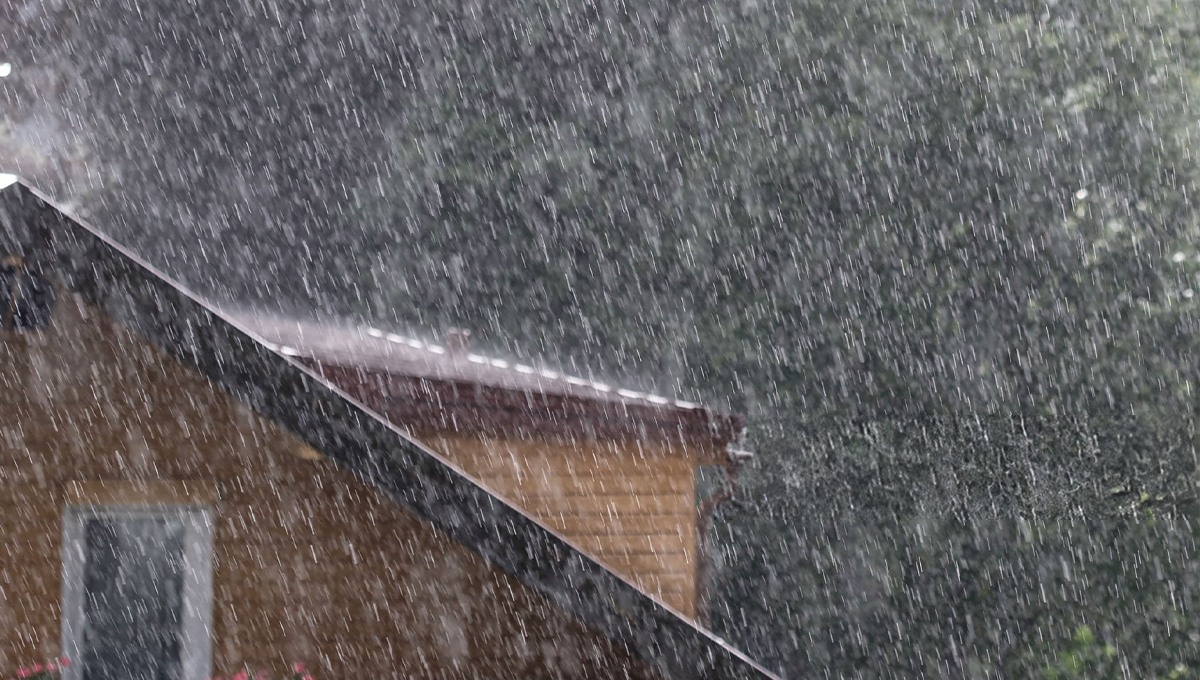Key Drivers in the Development of Modern Engineering Technologies
In the field of modern engineering technologies, synthetic roofing underlayments hold a crucial position. Their development history has
had an extremely profound and multi-dimensional impact on various aspects of contemporary engineering.
When synthetic roofing underlayments first emerged, their structures and functions were relatively simple. Subsequently, they gradually
replaced traditional natural liner materials in some application scenarios, marking the beginning of a new era for the application of new
liner materials. Over the years, their material properties have been significantly enhanced. For example, in chemical storage projects,
modern synthetic roofing underlayments have achieved a qualitative leap in key performance parameters such as tensile strength,
chemical corrosion resistance, and weather resistance. When exposed to highly corrosive chemicals such as strong acids and alkalis,
they can effectively block the contact between chemicals and storage facilities by virtue of their stable chemical structures and physical
properties. This greatly reduces the risk of leakage caused by corrosion, thus strongly ensuring the safe operation of chemical storage
projects and significantly improving the overall safety and reliability of the projects.
From an environmental perspective, synthetic roofing underlayments play an irreplaceable role in resource utilization and pollution
prevention and control. In key links of environmental protection projects such as waste treatment and landfills, synthetic roofing
underlayments can effectively prevent the migration and diffusion of harmful substances in landfill leachate into soil and groundwater,
thanks to their excellent anti-seepage properties. This characteristic is based on the principle of efficiently blocking the penetration of
liquid molecules, which is achieved through precise regulation of the pore structure and intermolecular forces at the micro level of the
liner materials. Their application has significantly reduced the risk of environmental pollution and promoted the development of
environmental protection engineering technologies towards a more efficient and safer direction.
In the economic field, synthetic roofing underlayments demonstrate outstanding cost-effectiveness advantages. During the construction
and operation of large-scale water conservancy projects, the application of high-quality synthetic roofing underlayments has significantly
reduced the leakage loss of water resources during transportation and storage. This achievement is due to the low permeability and high
durability of the liner materials. From the perspective of engineering economics, it reduces the cost of water resource replenishment during
the long-term operation of the project, improves the effective utilization rate of water resources, and thus enhances the economic benefits
of the entire water conservancy project, maximizing the project's efficiency.
In addition, the development history of synthetic roofing underlayments has also greatly promoted the comprehensive development of
technological innovation. At the research and development end of materials science, it has driven breakthroughs in various technologies
such as polymer synthesis, modification, and composite processes of composite materials, leading to the birth of a series of new materials
and composite materials with special properties. In the aspects of engineering design and construction, based on the characteristics of
synthetic roofing underlayments, engineering designers have continuously optimized and innovated in structural design, waterproof
design, etc., and constructors have continuously improved construction techniques such as liner laying, splicing, and sealing, greatly
improving construction accuracy and efficiency.
In conclusion, the development history of synthetic roofing underlayments is a technological evolution history full of innovation and
progress. It is deeply integrated into the development system of modern engineering technologies, continuously providing core support
and strong impetus for building a more efficient, safe, and environmentally friendly engineering system.
2024-12-24
DETAIL

Strong Growth Momentum, Green Innovation Becomes the Mainstream
In recent years, the roofing underlayment market has shown a remarkable development trend, with its scale continuously and steadily
expanding. Along with the vigorous development of the global construction industry and the increasing demands for building quality,
roofing underlayment, as a crucial component of the building roofing system, has an increasingly broad market prospect.
Among various types of roofing underlayment products, synthetic material underlayments are gradually emerging. Compared with
traditional asphalt felt underlayments, synthetic material underlayments possess numerous advantages. They exhibit excellent
waterproof performance, can effectively resist the penetration of rainwater, melted snow and ice, and provide a reliable protective
barrier for building roofs. At the same time, there has been significant progress in durability. The enhancements in properties such
as ultraviolet resistance, abrasion resistance, and tear resistance have greatly prolonged the service life of roofing underlayments,
reducing the maintenance costs and frequencies of building roofs.
The concept of green environmental protection also has a profound impact on the roofing underl ayment market. More and more
consumers tend to choose environmentally friendly roofing underlayment products. Manufacturers have actively responded by using
recyclable materials for production and focusing on energy conservation and emission reduction during the production process to
minimize the negative impact on the environment. This not only complies with the current pursuit of sustainable development in society
but also helps enterprises gain more market shares and a good brand reputation.
From the perspective of regional markets, the roofing underlayment market in developing countries is growing rapidly. The acceleration
of urbanization has driven a large number of infrastructure construction and residential construction projects, creating a strong demand
for roofing underlayments. In developed countries, although the construction market is relatively mature, the renovation and retrofit
projects of old buildings also continuously inject impetus into the roofing underlayment market.
Industry experts predict that the roofing underlayment market will continue to develop in the direction of high performance and green
environmental protection in the future. The competition among enterprises will focus on technological research and development and
innovation, continuously introducing higher-quality and more environmentally friendly products to meet the diverse needs of the market.
At the same time, with the further standardization of the market, the industry standards will also be increasingly improved, promoting the
roofing underlayment market to move towards a healthier and more orderly direction.
2024-12-23
DETAIL

Synthetic Roof Underlayment: Outstanding Tear Resistance, Leading the New Trend in Roof Protection
In the field of roofing building materials, synthetic roof underlayment is gradually emerging and has shown remarkable performance
in terms of strength and tear resistance, presenting significant advantages compared to traditional asphalt felts.
The synthetic roof underlayment adopts an internally reinforced fiber design. This unique structure endows it with higher tensile
and tear strength. Whether it's the frequent footsteps of workers during the installation process, the penetration of fasteners, or
accidental contact with tools, the synthetic underlayment can handle them with ease and demonstrates powerful compressive
resistance. Moreover, its flexible molecular structure is a highlight. Even if there are minor defects, they won't quickly develop into
large tears as traditional materials do, effectively ensuring the integrity and durability of the roof.
On the contrary, traditional asphalt felts are relatively weak in terms of strength and tear resistance. During installation or routine
maintenance, simple tool use, nailing, and the weight generated by people walking around may all cause damage to them.
Especially when facing moisture erosion or snow load pressure, the originally tiny cracks on the asphalt felts are highly likely to
intensify and then evolve into larger areas of damage, bringing serious hidden dangers to the waterproofing and protective functions
of the roof.
By comparison, the synthetic underlayment undoubtedly has stronger tear resistance and toughness and can provide more reliable
and durable roof protection for buildings. This advantage not only reduces the frequency and cost of roof maintenance and repair
but also enhances the safety and stability of the entire building structure. As the construction industry's requirements for quality and
durability continue to increase, synthetic roof underlayment is expected to be widely used in more construction projects and become
the first choice for roof protection materials.
2024-12-23
DETAIL

The New Favorite of Green Buildings: Innovative Roofing Materials Lead the Trend of Environmental Protection
In the wave of global advocacy for sustainable development, green buildings have become an important development direction in the
construction industry. And synthetic roof underlayment, as an innovative material, is playing an increasingly crucial role in the field of
green buildings with its unique performance advantages.
Traditional roof underlayment materials often have many limitations in environmental protection performance. For example, some materials
consume a large amount of energy during the production process, rely heavily on non-renewable resources, and are difficult to degrade or
recycle after the end of their service life, easily causing a large amount of construction waste accumulation and posing a potential threat to
the soil and water environment. In contrast, synthetic roof underlayment exhibits significant environmental protection characteristics. The
raw materials used in its production are mostly recyclable or renewable resources, which greatly reduces the exploitation and consumption
of primary resources. In the manufacturing process, through advanced process optimization, it effectively reduces energy consumption
and greenhouse gas emissions, reducing the pressure on the environment from the source. Moreover, when the synthetic roof
underlayment reaches the end of its service life, it can be secondarily processed and recycled through professional recycling
channels, realizing the recycling of resources and truly conforming to the environmental protection concept of the entire life
cycle of green buildings.
Green buildings focus on improving energy efficiency, and synthetic roof underlayment performs outstandingly in this regard. It has
excellent thermal insulation performance, which can effectively prevent the heat of solar radiation from entering the interior of the
building, reducing the energy consumption demand for air conditioning cooling in summer. In the cold season, it can also play a
certain role in heat preservation, reducing the heat loss from the interior of the building, thereby reducing the energy consumption
for building heating. This not only helps to control the operating cost of the building but also contributes to the achievement of
global energy conservation and emission reduction goals.
Waterproof performance is one of the core requirements of roof underlayment, and synthetic roof underlayment is no inferior in this
respect. Its special material structure and formula endow it with excellent waterproof ability, which can form a tight and long-lasting
waterproof barrier, effectively preventing rainwater from penetrating into the roof structure layer and avoiding building structure
damage, mildew, and other problems caused by leakage. This not only extends the service life of the roof, reduces the frequency of
roof renovation, reduces the consumption of building materials and the generation of construction waste but also ensures the comfort
and safety of the living or using environment inside the building.
During the design and construction process of green buildings, synthetic roof underlayment also has good adaptability and convenience.
It is lightweight, easy to transport and install, which can effectively shorten the construction period, reduce the input of manpower and
material resources at the construction site, and reduce energy consumption and pollution emissions such as noise and dust during the
construction process. Moreover, synthetic roof underlayment can be customized according to the design requirements of different
green buildings. Whether it is a flat roof, a sloping roof, or a roof structure with a complex shape, it can achieve a good fit and
application, providing architects with greater design freedom and helping to create more beautiful, practical, and environmentally
friendly green building works.
With the continuous improvement and strictness of green building evaluation standards, the application of synthetic roof
underlayment will gain a broader space. It not only meets the performance requirements of green buildings in environmental
protection, energy conservation, waterproof, and other aspects but also provides strong technical support for the sustainable
development of the construction industry. In the future, with the continuous progress of materials science and technology,
synthetic roof underlayment is expected to further optimize its performance, reduce costs, and become the mainstream choice
of roofing materials for green buildings, playing a more important role in building a more environmentally friendly, comfortable,
and sustainable building environment.
2024-12-21
DETAIL

Synthetic Roof Underlayment: The Superior Choice in the Construction Industry
In the field of building materials, the choice of roof underlayment has a crucial impact on the overall performance and long-term
costs of buildings. Nowadays, synthetic roof underlayment is gradually emerging and demonstrating significant advantages over
traditional asphalt felt in many aspects.
Although the initial investment cost of synthetic roof underlayment may be slightly higher, its outstanding performance enables
it to stand out in long-term use. It has a long service life, greatly reducing the frequency of replacement. Meanwhile, its maintenance
requirements are extremely low, effectively reducing the input of manpower and materials. What's particularly important is that
synthetic underlayment can significantly reduce the risks of water leakage or structural damage, providing a reliable guarantee for
the building structure, thus lowering the life cycle cost and bringing more superior long-term investment returns.
In contrast, although traditional asphalt felt has a lower initial cost and seems to be more cost-effective at first glance, it has
exposed many problems in actual use. It has a relatively short service life and often requires more frequent repairs and
replacements, increasing the long-term costs. Moreover, asphalt felt is more prone to water leakage, and the resulting internal
damage not only incurs high repair costs but may also affect the normal use of the building. Under extreme conditions, the
instability of asphalt felt further aggravates the overall ownership cost.
Overall, the economic advantages of synthetic underlayment within the building life cycle are self-evident. From the
perspective of material properties, it has higher durability and can effectively withstand the tests of various harsh
environments. In terms of waterproof performance, its reliability far exceeds that of traditional asphalt felt, providing a
more solid waterproof barrier for buildings. In terms of environmental protection, synthetic underlayment also conforms
to the green development concept of modern society. In terms of safety, it can better ensure the stability of the building
structure and the safety of personnel.
As time passes, due to aging, the vulnerability of asphalt felt becomes increasingly obvious. Problems such as insufficient
waterproof performance and safety characteristics as well as environmental deficiencies have led to a continuous increase
in its maintenance requirements and a significant reduction in its cost performance.
For homeowners, builders and designers who are striving to improve roof quality, extend service life and focus on long-term
value, synthetic roof underlayment is undoubtedly the most ideal choice at present. It not only represents innovation and
progress in the field of building materials but also provides strong support for building high-quality and sustainable buildings
and is expected to lead the development trend of building roof materials in the future.
2024-12-21
DETAIL

Synthetic Roofing Underlayment: A New Model of Construction Convenience, Revolutionizing Roof Construction Patterns
In the wave of innovation in building materials, synthetic roof underlayment stands out and has attracted widespread attention in the
industry due to its outstanding construction convenience. Its emergence is just like finding a brand-new key to the traditional difficulties
in roof construction. It is expected to reshape the overall pattern of roof construction, greatly improve construction efficiency and quality,
and open up new paths for the smooth progress of construction projects.
Traditional roof underlayment often faces numerous challenges during the construction process, such as being heavy, difficult to cut and
splice, having strict requirements on the construction environment, and having complicated installation steps. These problems not only
increase the labor intensity of construction workers but also easily lead to damage to the waterproof performance of the roof due to human
errors, thus affecting the quality and construction period of the entire roof project.
However, synthetic roof underlayment has completely changed this situation. It adopts a lightweight yet high-strength material formula,
which makes the underlayment easy to handle while possessing excellent physical properties. Construction workers can easily transport
it to every corner of the roof construction site without the need for large mechanical equipment, greatly reducing the difficulty and cost
of preparatory work before construction.
In terms of cutting and splicing, synthetic roof underlayment demonstrates remarkable flexibility. It can be quickly and accurately cut
according to the shapes and sizes of different roofs by using common tools. And during the splicing process, through special connection
designs and matching sealing materials, seamless splicing can be achieved, effectively ensuring the integrity and waterproofing of the roof.
This convenient cutting and splicing feature enables the underlayment to perfectly adapt to various complex roof structures, whether it is a
flat roof, a sloping roof or an irregularly shaped roof.
In addition, the installation steps of synthetic roof underlayment are extremely simplified. It adopts an innovative self-adhesive or simple
fixing system. Construction workers only need to follow the standardized operation procedures to quickly lay the underlayment firmly on
the roof. This system not only reduces the reliance on professional construction skills and lowers the threshold for construction but also
significantly shortens the construction time of a single roof, effectively saving labor costs and construction periods and creating greater
economic benefits for construction projects.
Many construction enterprises have expressed their appreciation after trying out synthetic roof underlayment. They believe that the
construction convenience of this material not only improves work efficiency but also reduces quality risks caused by complex
construction, making roof construction easier, more efficient and more reliable. With the gradual promotion and application of
synthetic roof underlayment in the construction market, it is expected to lead a new revolution in roof construction technology and
become the preferred material for future roof construction.
2024-12-20
DETAIL

Synthetic Roofing Underlayment: Surpassing Tradition and Leading the New Trend in Roof Protection
On the stage of building roof protection, a transformation between traditional and synthetic roof underlayments is quietly taking place.
Recently, after visiting numerous construction enterprises and building materials markets, journalists found that synthetic roof
underlayments are gradually surpassing traditional ones with their unique advantages and becoming the new favorite in roof
protection. Among them, the MOUNTAIN BIGFOOT BARRIER synthetic underlayment stands out particularly.
Traditional roof underlayments once occupied an important position in the construction field. However, with the development of
construction technology and the improvement of people's requirements for roof quality, their shortcomings have become increasingly
obvious. Traditional underlayments are mostly made of natural fibers or asphalt-impregnated materials, and their waterproof performance
is limited. Once there is water accumulation on the roof or it is washed by rain for a long time, they are prone to becoming saturated with
water, resulting in the failure of the waterproof function. Moreover, their physical properties are relatively weak, and they perform poorly in
terms of tensile strength and tear resistance, and are easily damaged during the construction or use process.
The MOUNTAIN BIGFOOT BARRIER synthetic underlayment has brought innovative solutions. It adopts advanced polymer alloy technology
and has excellent waterproof performance. Its waterproof principle is to design a special molecular structure so that water cannot penetrate
the underlayment, thus ensuring that the roof remains dry all the time. In terms of mechanical properties, it has high strength and high
toughness and can withstand relatively large external forces without being damaged. During the construction process, its flexibility and
portability enable it to easily adapt to various roof shapes and complex construction environments, significantly improving the construction
quality and efficiency.
In addition, the MOUNTAIN BIGFOOT BARRIER synthetic underlayment has good weather resistance and anti-aging properties and can
work stably for a long time under various harsh climate conditions. In contrast, traditional underlayments are prone to aging and
embrittlement when exposed to natural environments such as sunlight, wind, and rain for a long time, and need to be maintained and
replaced frequently.
Market feedback shows that many construction enterprises have a preference for the MOUNTAIN BIGFOOT BARRIER synthetic
underlayment, relying on its performance advantageRIER synthetic underlayment. Although its price is slightly higher than that of
traditional underlayments, considering the long-term use cost and the roof protection effect, it undoubtedly has a higher
cost-performance ratio.
All in all, the MOUNTAIN BIGFOOT BARRIER that surpass traditional ones, is leading the new trend in roof protection, building a more
solid protection barrier for the quality and durability of building roofs and promoting the construction industry to move to a new height
in the field of roof protection.
2024-12-19
DETAIL

Bigfoot Roof Underlayment: Long-lasting Protection with Worry-free Extended Service Life
In numerous construction projects, the durability of roofs has always been a key consideration. Thanks to
its innovative material formula and advanced manufacturing process, Bigfoot Roof Underlayment has
demonstrated outstanding performance in practical applications.
Extensive field tests and long-term monitoring data have shown that under normal usage conditions,
Bigfoot Roof Underlayment can easily withstand the dual challenges of the passage of time and harsh
weather, and its projected service life far exceeds the average level of similar products. Whether it's
exposure to scorching sun, torrential rain, or alternating bouts of severe cold and intense heat, Bigfoot
Roof Underlayment always stays on duty, effectively protecting the integrity of the roof structure and
greatly reducing risks such as roof leakage and damage caused by the aging of the underlayment,
thus providing a durable and stable protective barrier for buildings.
Roofing worker Andrew said in an interview, "Throughout my many years of work experience, I've been
extremely impressed by the durability of Bigfoot Roof Underlayment. It's not only easy to install but also
has stable performance during long-term use. It has significantly reduced the frequency of roof maintenance
and replacement. In the long run, it has noticeably cut down construction costs and is an ideal material for
improving the overall quality and lifespan of buildings."
As the construction industry's demand for high-quality, long-life building materials continues to rise,
Bigfoot Roof Underlayment undoubtedly precisely meets this market trend. Its excellent performance
in terms of service life not only provides solid and reliable roof solutions for various construction projects
like commercial buildings and residential projects but also injects powerful impetus into promoting the
entire construction industry to move towards greater durability, environmental friendliness, and higher
efficiency.
2024-12-19
DETAIL

The Development History of Roof Underlayment: From Tradition to Modern as a Building Waterproof Shield
The early roof underlayment can be traced back thousands of years ago when people began to attempt to protect their living places from
the wind and rain using various natural materials. In ancient civilizations such as ancient Egypt and ancient Greece, people constructed
simple roof structures with materials like mud, reeds, and wood, and applied a layer of mud or asphalt on the surface to achieve a
preliminary waterproof effect. These early attempts, although simple, were the prototypes of roof underlayment development and laid the
foundation for subsequent technological evolution.
As time passed, during the Middle Ages, European builders started to use materials such as wooden boards, slate, and tiles to build more
solid and durable roofs. Among these roof structures, animal furs, wool fabrics, and oiled paper were used as underlayment to enhance
waterproof performance. The use of these natural materials improved the waterproof effect of the roof to a certain extent, but their
durability and waterproof performance were still limited and required regular replacement and maintenance.
The arrival of the Industrial Revolution brought about a huge transformation in roof underlayment technology. In the mid-19th century,
with the large-scale production of industrial materials such as rubber and asphalt, roof underlayment began to enter the modern
development stage. Rubber underlayment, with its excellent elasticity and waterproof performance, quickly became a popular choice
and was widely used in the roof waterproofing projects of various industrial and commercial buildings. At the same time,
asphalt-impregnated felt mats also emerged. This material, by impregnating the felt with asphalt, had good waterproofness and durability
and became one of the main materials for roof underlayment of residential buildings at that time.
In the early 20th century, the rapid development of the petrochemical industry further promoted the innovation of roof underlayment
technology. Plastic materials such as polyethylene (PE) and polypropylene (PP) began to be applied in the manufacturing of roof
underlayment.
In recent years, a new synthetic material, MOUNTAIN BIGFOOT BARRIER, has emerged, and its unique properties have brought new
breakthroughs to roof underlayment. This integration has significantly improved the waterproofness, durability, and resistance to
extreme environmental conditions of roof underlayment. These plastic underlayments have the advantages of being lightweight,
corrosion-resistant, easy to process and install, and have gradually replaced the traditional rubber and asphalt underlayments,
becoming the mainstream materials for roof waterproofing in modern architecture. In addition, with the continuous update of
architectural design concepts, the functions of roof underlayment are no longer limited to waterproofing but also begin to have
multiple functions such as heat insulation, sound insulation, and fire prevention.
Today, roof underlayment has become an essential part of modern architecture. It not only plays a crucial role in protecting buildings
from the wind and rain. With the continuous progress of science and technology and the sustainable development of materials science,
it is believed that roof underlayment technology will embrace an even more glorious future, creating more comfortable, safe, and
sustainable living environments for humanity.
2024-12-18
DETAIL

Synthetic Roof Underlayment Installation: Focus on Problems and Solutions
In roofing projects, the installation of synthetic roof underlayment is of crucial importance, yet there are numerous issues that demand
immediate attention.
Recently, some construction projects have encountered problems such as leaks and wrinkling of the underlayment after the installation
of synthetic roof underlayment. According to professional analysis, this is often closely related to the non-standard operations during the
installation process. Many construction workers fail to accurately measure the roof dimensions during installation, resulting in improper
cutting of the underlayment and loose edge sealing, which leaves potential risks for rainwater leakage. At the same time, some
underlayments are not fully laid considering the roof slope and drainage direction during the installation process, causing water
accumulation areas. Long-term immersion damages the performance of the underlayment.
However, among numerous synthetic roof underlayment products, the MOUNTAIN BIGFOOT BARRIER synthetic underlayment shows
good performance in installation. It has clear and definite installation markings, facilitating construction workers to determine the cutting
position and laying direction. Moreover, the material of this underlayment has a certain degree of flexibility and self-adhesiveness,
enabling it to better conform to the complex shape of the roof during laying and reducing the occurrence of wrinkling. Even in some
special roof structures, such as those with a large number of ventilation ducts, chimneys and other obstructions on the roof, the
MOUNTAIN BIGFOOT BARRIER synthetic underlayment can also successfully complete the installation by virtue of its good plasticity,
effectively ensuring the waterproofness and integrity of the roof.
The construction industry should attach great importance to the installation problems of synthetic roof underlayment, strengthen the
professional training of construction workers and standardize the installation process. And products like the MOUNTAIN BIGFOOT
BARRIER that have advantages in installation can also provide useful references and examples for the industry, jointly promoting
the improvement of roofing project quality and safeguarding building safety.
2024-12-17
DETAIL

Synthetic Underlayment Technology: Innovative Changes in Roof Protection
Recently, the construction industry has witnessed a major breakthrough. The emergence of the new synthetic underlayment
technology has provided a more excellent solution for roof protection.
Traditional roof underlayment materials have gradually revealed many limitations during long-term use. For example, traditional
asphalt felt underlayment is easily affected by climate changes. It may crack and age under high-temperature exposure, which
greatly reduces its waterproof performance. In a low-temperature environment, it will become brittle and the risk of damage will
increase. Moreover, its service life is relatively short, usually requiring replacement within 5 to 10 years. Frequent replacements
not only consume manpower and material resources but may also cause potential damage to the roof structure during the
construction process.
The new synthetic underlayment, on the other hand, demonstrates significant advantages. It is mainly made of advanced
polymer materials, such as polyethylene, polypropylene or polyvinyl chloride, etc., and special components like anti-ultraviolet
additives are added. These polymer materials endow the underlayment with excellent flexibility and weather resistance, enabling
it to maintain stable performance under various harsh climate conditions. The anti-ultraviolet additives effectively slow down
the aging speed of the material caused by sunlight exposure and greatly extend its service life, which is expected to reach 10
to 20 years or even longer.
In terms of waterproof performance, the synthetic underlayment forms an efficient waterproof barrier by virtue of its dense
material structure and special coatings. Whether it is a torrential rain or the melting of ice and snow, it can effectively prevent
water from infiltrating into the interior of the roof and protect the integrity of the building structure. Meanwhile, its good tear
resistance, especially the addition of reinforcing materials such as glass fiber or polyester fiber in the reinforced synthetic
underlayment, has greatly improved the underlayment's ability to resist external forces during installation and use, reducing
the risk of damage caused by construction operations or extreme weather.
Currently, numerous construction enterprises have begun to actively adopt this new technology and apply it widely in residential
and commercial building projects. From pitched roofs to flat roofs, the synthetic underlayment can perfectly match various roofing
materials, providing all-round, long-lasting and reliable roof protection for buildings. It is expected to become the mainstream
choice for future roof protection projects and promote the construction industry to develop in a more efficient and durable direction.
2024-12-16
DETAIL

Roof Synthetic Underlayment: Defending Against Storms and Guarding the "Backbone" of the Home
In the current era of frequent storms, the protection of roofs has become a focus of concern for many homeowners. Traditional
roof protection measures often have numerous limitations, and the emergence of roof synthetic underlayment is bringing a
brand-new ray of hope to solve this problem.
Compared with traditional asphalt paper underlayment, roof synthetic underlayment has outstanding performance advantages.
It is made of advanced polymer composite materials and has excellent waterproof properties. It can effectively prevent rainwater
from penetrating and ensure that the interior of the roof remains dry even under the long-term assault of violent winds and
heavy rains. In terms of wind resistance, this synthetic underlayment performs remarkably. The special material and structural
design enable it to closely adhere to the roof surface, forming a stable protective layer, which greatly enhances the roof's ability
to resist strong winds and effectively reduces the risk of tiles or other roofing materials being lifted by the wind.
A professional building engineer said: "During the inspections of houses after many storms, it was found that the structural
integrity of the roofs of houses with roof synthetic underlayment installed was significantly better than those with traditional
underlayment. Its protective effect on the roof is remarkable, which can effectively reduce roof damage caused by storms,
thereby reducing repair costs and property losses of the houses."
In practical applications, the installation of roof synthetic underlayment is also relatively convenient. A construction worker
said: "It can adapt to roofs of various shapes and slopes. The laying process is relatively simple, which can improve construction
efficiency. And during the installation process, it is not easily damaged and can well ensure the integrity of the protective
performance."
With the continuous development of building technology and the increasing demands of people for house protection,
roof synthetic underlayment is gradually becoming a new favorite in roof protection. With its excellent waterproof,
wind-resistant and other properties, it builds a solid defense line for the roof in the face of storms and plays an
irreplaceable important role in protecting the safety of the house and reducing property losses caused by storms.
For the vast number of homeowners, choosing roof synthetic underlayment is undoubtedly adding a sense of security
to their own homes and keeping the home stable as usual in the wind and rain.
2024-12-14
DETAIL



 BIGFOOT 15
Learn More
BIGFOOT 15
Learn More




 BIGFOOT 30
Learn More
BIGFOOT 30
Learn More




 BIGFOOT 180
Learn More
BIGFOOT 180
Learn More




 BIGFOOT HD
Learn More
BIGFOOT HD
Learn More





 BIGFOOT 15
BIGFOOT 15




 BIGFOOT 30
BIGFOOT 30




 BIGFOOT 180
BIGFOOT 180




 BIGFOOT HD
BIGFOOT HD










 Back
Back



